Australian manufacturers have long been obliged to alert consumers to health hazards. As soon as we found out that peanuts could cause children to blow up like puffer fish, lolly wrappers had to warn that they ‘may contain traces of nut’, much as cigarette packs were already reminding smokers that they were committing suicide every time they reached for a durry. But as the preservation of health has become conflated with the sanctity of identity and actual harm has become conflated with perceived offence, matters of personal choice have increasingly become matters of public regulation. And nowhere in Australia has this shift from interventionism to authoritarianism been more conspicuous than at our spiritual and geographical heart.
When I first visited Uluru, the local indigenous community referred to tourists who climbed it as minga tjuta, or ants, because that’s what we looked like labouring up it in single file under the merciless desert sun. They might less charitably and more aptly have used the Pitjantjatjara word for idiots. But back then the only signage at the bottom of the climb warned of dehydration, heart failure and the perils of wandering off-piste. The next time I went there was a sign which told you that you could climb if you really wanted to, but that choosing to do so would make you a racist. Now there is a fence preventing you even approaching the rock and a sign telling you that climbing it is illegal. And lest anyone think that in a jurisdiction with some of Australia’s highest levels of domestic violence, street crime and drug and alcohol abuse, police would have better things to do than to monitor the effectiveness of this sign, a Victorian man recently became the first person to be arrested (and fined $2,500) for ignoring it.
One of the drawbacks of legislation framed by subjective views rather than objective truths is that it can very quickly turn into whack-a-mole. By accommodating the values of one special interest group you invariably risk upsetting another, and sometimes in ways which are hard to foresee. When creating ads promoting the legalisation of same-sex marriage, I knew that the price of success would be the alienation of Australia’s already marginalised Muslim communities. But I can’t believe many trans activists imagined, when they first floated the idea that having a schlong doesn’t disqualify you from being a sheila, that it would be feminists – a group with whom they might have presumed to share some ideological DNA – who would object most violently. Similarly, the most articulate opposition to the construction of the world’s largest wind farm off the northwest coast of Tasmania has come not from the mining and drilling companies whose jobs the development threatens, and whose products it hopes to replace, but from environmentalists; specifically, those who worry about the toll those thousands of gigantic spinning scimitars will take on our native bird and bat populations. If their protests are unsuccessful, perhaps the Tasmanian and Victorian governments will placate them by obliging wind-sourced energy suppliers to put disclaimers on their bills alerting customers to associated health risks. ‘Boil a kettle, kill a wedge-tail,’ for example. Or, if you believe only half of what Ian Plimer wrote about the composition and life expectancy of wind turbine blades in this magazine recently, ‘Every time you switch on a light you poison your grandchildren’.
In order to draw attention to issues which are peripheral to most peoples’ lives, environmentalists often dramatise their concerns in courageous ways. Super-gluing yourself to a famous painting – as is the current protest of choice for climate alarmists – might not seem as brave as steering a tinny in front of a whaling ship or lying down in front of a bulldozer, but this is only because of the way the galleries involved have dealt with the problem so far; waiting long enough for the protestors’ friends to photograph them and post those shots on social media before dissolving the super-glue with acetone and escorting them out of the building. Given that most people who work in the arts in Australia feel the pain of climate alarmists it’s hardly surprising they’ve been so indulgent. But if they really wanted to help these protestors turn a local stunt into a global news story, they would make no attempt to remove them. Indeed, they would prevent the application of any kind of solvent and ensure that the protestors were supplied with food and water. And buckets. They might even live-stream the whole thing on their websites. It’s not as if there is no cultural precedent for this in Australia. Twelve years after the installation of Wim Delvoye’s Cloaca Professional in Tasmania’s Museum of New and Old Art, ‘the pooh machine’ as it is more affectionately known, is still one of the gallery’s biggest attractions.
Got something to add? Join the discussion and comment below.
Get 10 issues for just $10
Subscribe to The Spectator Australia today for the next 10 magazine issues, plus full online access, for just $10.
You might disagree with half of it, but you’ll enjoy reading all of it. Try your first month for free, then just $2 a week for the remainder of your first year.


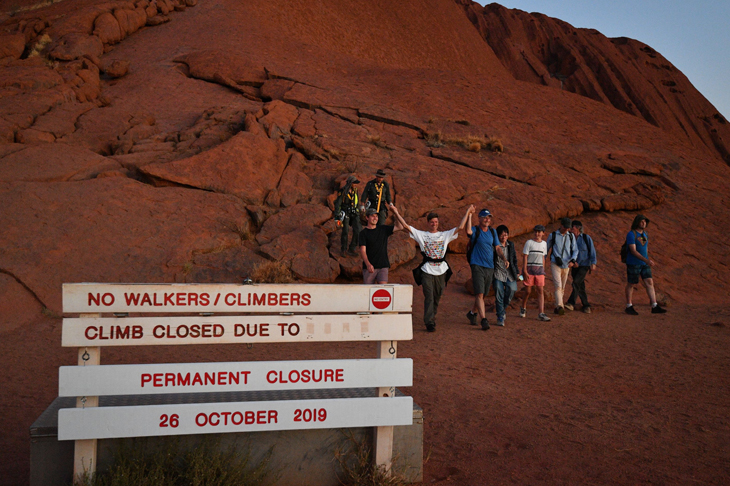
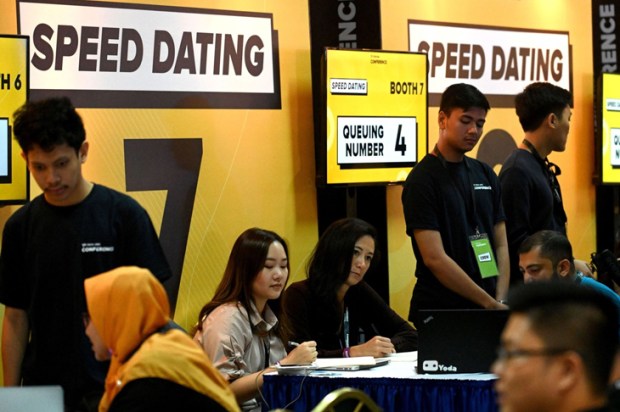
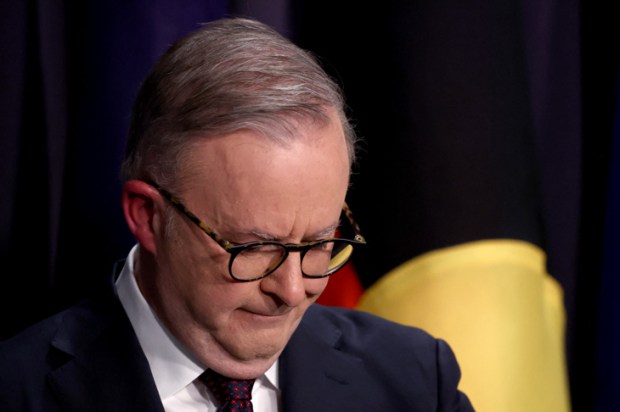
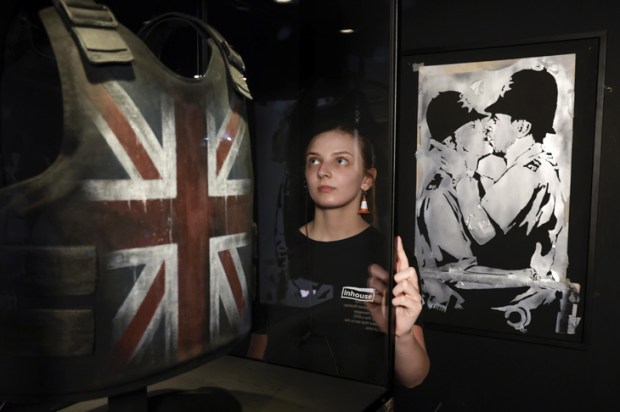
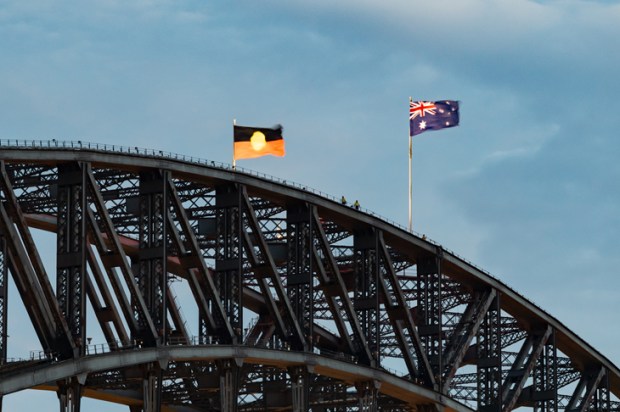








Comments
Don't miss out
Join the conversation with other Spectator Australia readers. Subscribe to leave a comment.
SUBSCRIBEAlready a subscriber? Log in